If you have targeted a high-ranking keyword and written an entire content around it, your on-page SEO optimization isn’t complete here.
No, your real SEO optimization work starts from this point.
Next, you have to sharpen the edges of your content so that it can become easily recognizable to Mr. Google.
It might look easy from the outside, but once you dive deeper into the On-Page Ranking Factors for SEO, you will realize how wider and twisted the pathway is.
What is On-Page SEO?

The term on-site SEO is as simple as it sounds – all the SEO optimization tricks you perform on your web pages to rank better on the search engines is on-page SEO.
The better you optimize your web pages, the better global ranking you will receive
But, what does the optimization standard for exactly?
In simple terms, on-site SEO revolves around optimizing keywords on your site in the title, metadata, heading, and other components.
However, users’ favorite SEO company – Protocloud Technologies, would like to take a step ahead with this definition.
Today, Google understands that if you have been searching for ‘the best smartphones,’ you might also be interested in the – “best smartphones buying guide,” “which smartphone should I buy?” “best smartphones in 2023,” and so on.
That means you have to not think about a keyword – you have to focus on LSI and synonyms.
This is one of the reflections of the on-page SEO 2023 factors, as there is plenty of on-site SEO that has been revamped for 2023.
Want To Grow Your Website on Google?
Want to get a free consultation? Connect with our SEO experts.
On-Page SEO Optimisation Tips

To rank among the top 10 Google results, you have to work on off-page and on-page SEO in the equal quantum.
The game-changer SEO strategy of 2023 for on-page users are –
1. Optimize your Content

On-site SEO optimization begins with content optimization only.
As per the SEO guidelines of keyword optimization, if you properly optimize your web page’s content, you can find a long-term impact on your traffic generation.
The content optimization isn’t rocket science, and you have to focus on a few rules –
100 Words Rule – Your primary keyword should appear in the first 100 words of your blog simply because Google puts the main emphasis on the things mentioned at the starting of your page.
H1 Rule – Google has introduced an H1 tag to understand the structure of your page. Thus, your keyword should appear in one H1 tag.
H2 Rule – Similarly, like the H1 tag, your one subheading should contain the primary keyword. It isn’t a hard and fast rule, but there’s no harm in using keywords in H2 tags also.
Keyword Frequency Rule – So, you have a keyword that will help you rank on Google, so why not stuff your content with it?
If you think of using your keywords 100 times in your content, that’s a sign of incompetent content.
Need help with Website Development?
Tell us about your project and get a free quote.
Your content should have keywords but only relevant to the word limit. For instance, in a 1000 words content, the keyword should only appear 2-3 times.
Outbound Link Rule – By adding external links to your page, you are helping Google to understand your topic better.
This will show Google that you are a hub of information. The folks at Reboot Online ran an experiment to see if external links helped improve rankings.
URL Optimisation Rule – Nowadays, Google has started presenting your URL in the weird form where mobile and desktop SERPs are shown above the title tag.
So, it would help to optimize your URL by making short and keywords studded URLs.
Meta Data Rule – Your metadata should also reflect your keyword as it helps Google identify your primary keyword.
2. Make your Page Load Fast

Have you ever visited a website that takes ages to load?
If you are anything like half of the online users who want fast results, you will immediately bounce back once the site doesn’t open in the first 10 seconds of your click.
That’s why Google has introduced the concept of fast loading speed in the ranking factors also.
It is found that page speed and on-page SEO has a correlation relationship with one another.
There are two reasons behind focusing on site speed –
- Foremost, Google has been working on a mobile-first index, and they are making mobile site speed a prominent ranking factor.
- Secondly, user experience is the primary concern of all web developers, and slow loading speed can result in a negative user experience.
Tips to Improve Site Speed –
- Reduce Image Size
- Minimize your Useless HTML tags
3. Use Image Alt Tags

Do you know 1 out of 30 search engine users has a visual impairment?
So, they might be using a screen reader.
How it’s related to alt tags?
Alt tags are used to explain your photos.
The text will appear below your photos, even if the screen fails to load the image. It is better than your user seeing HTML syntax.
On the top, if you explain the title and description of your picture perfectly with your targeted keywords, it will give a further push to your ranking.
4. Use Schema Markup

If you use schema markup, you can make the search engine better understand your page’s content.
You can experience the power of sufficient schema markup when you observe the Google star ratings, reviews, and images.
Moreover, the schema markup has been proven an innovative and visually appealing way to increase the clickability of your pages in the SERPs.
5. Use Co-occurring Phrases

Suppose you have a site to share your cooking recipes.
Keywords like spices, tasty, yummy, salt, etc., are going to be repeated appear on your website.
In the on-page SEO world, it is called phrase-based indexing.
With the help of co-occurring keywords, Google can better under your content.
Google will easily guess that your website offers cooking content.
It will help Google in ranking your website better under the cooking category.
This isn’t something that you can do because when you write your content, these words will automatically appear.
So, you don’t have to do much, but when working for a client with a unique brand, you have to study the cooccurring phrases to better rank your website.

6. Work on Readability

You want your content to be perfect and flawless, which is a good thing.
But don’t go overboard with your content.
Along with SEO optimization, you have to focus on the readability factor of your content also.
Most Americans read at a 7th or 8th‐grade level, meaning that Shakespearean language probably isn’t the easiest thing to understand.
Thus, while maintaining the quality of your content, you have to keep that in mind because no one likes to open a dictionary to understand the meaning of your content.
The readability of content can be easily improved by focusing on three main pointers –
Ditch Fancy Word – You might have a vast vocabulary, but more than half of your users don’t have it.
Thus, according to the intelligence level of your readers, use the words.
Like, if you are writing for social media users, you should use ‘pure’ instead of ‘pristine’ or ‘near’ instead of ‘proximity.’
Short Sentences and Paragraphs – Your sentence should not exceed 25 words, and your paragraphs need to be between 50-75 words maximum.
Conversational Tone – Your writing tone has to be casual so that readers can easily connect with it.
7. Quality of the Content

We might be mentioning this point in the end, but it is the most basic and effective SEO optimization factor.
If someone is visiting your website, they are looking for quality content and unique information.
So, you have to provide them at least high-quality content.
Your content should give value to your readers somehow, and Google also takes the quality of content very seriously.
The essential criteria of good content are –
Grammatically Correct – You don’t have to be a grammar nazi, but your commas, spelling, and sentence must be flawless.
Unique Content – Google takes plagiarism very seriously that your site can be penalized if you are using plagiarized content.
Support your Facts – If you share any information in the form of facts and statistics in your content, always backlink it with authentic sources.
CTA – Your content must contain a call to action button to encourage your readers to like, share, or comment on your post.
Want to know more about On-Page SEO Ranking Factors on your website?
Book a Free consultation call with our Expert!
On-Page SEO Foundation

If you have a strong foundation, the entire building will be secure.
Thus, on-page SEO is a foundation of SEO optimization, so you have to prepare a solid foundation for your off-page SEO strategies.
You need to make your web page content as per the on-site SEO guidelines, and your half is done.
The on-site SEO has a secure shelf life and produces results even after a few years.
When you want to make a strong SEO foundation for your website, you have to contact the leading SEO company – Protocloud Technologies, to prepare your site for on-site SEO optimization.
Want To Grow Your Website on Google?
Want to get a free consultation? Connect with our SEO experts.


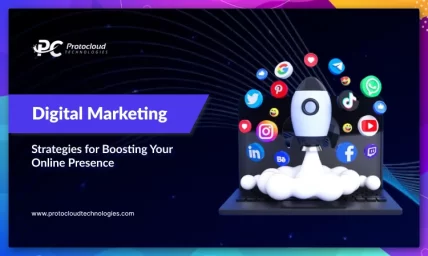
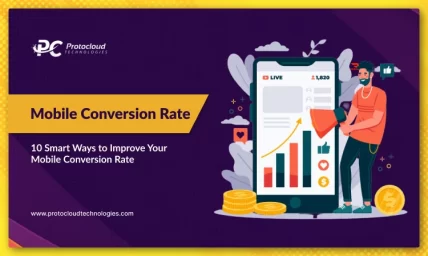

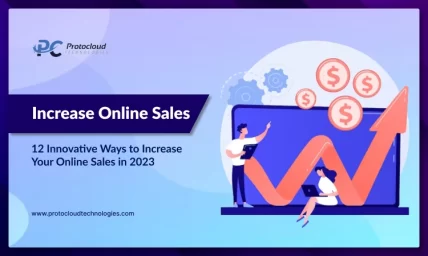
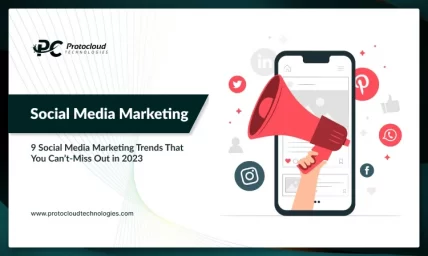
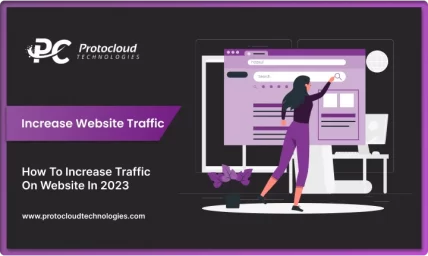
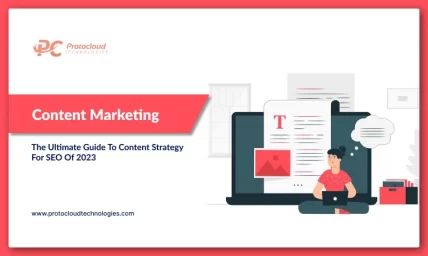
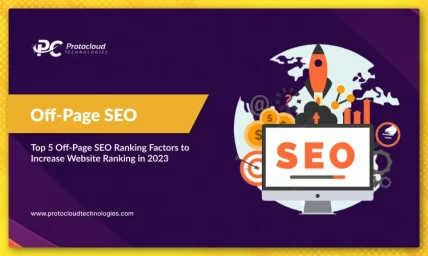
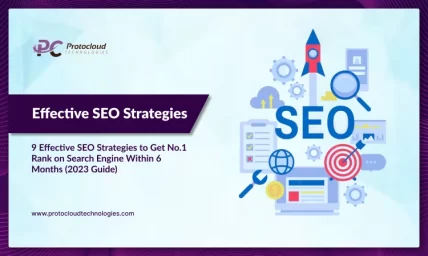
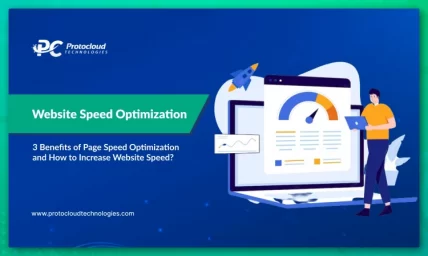
Amazing! This blog looks just like my old one! It’s on a entirely different topic but it has pretty much the same layout and design. Outstanding choice of colors!
Your place is valuable for me. Thanks!
I’m not sure where you’re getting your information, but great topic. I needs to spend some time learning much more or understanding more. Thanks for excellent information I was looking for this information for my mission.
Awesome blog! Is your theme custom or did you download it from somewhere? A theme like yours with a few simple adjustments would make my blog shine. Please let me know where you got your theme. Thanks a lot
We have a development team and our team has design and develop our website.
Awesome blog! Is your theme custom or did you download it from somewhere? A theme like yours with a few simple adjustments would make my blog shine. Please let me know where you got your theme. Thanks a lot Hey very cool website!! Guy .. Excellent .. Wonderful .. I’ll bookmark your blog and take the feeds additionally…I am glad to find a lot of helpful info right here within the submission, we need to develop more techniques in this regard, thanks for sharing. . . . . .
Nice post. I used to be checking constantly this weblog and I’m impressed! Very useful info, particularly the remaining phase 🙂 I greatly care for such information. I have been looking for this particular information for a very long time. Thanks and good luck.
Hello there, I found your web site via Google while searching for a related topic, your web site came up, it looks great. I have bookmarked it in my google bookmarks.
Thanks for another informative site. Where else could I get that kind of information written in such a perfect way? I’ve a project that I am just now working on, and I’ve been on the look out for such information.
Wow! Thank you! I constantly needed to write on my website something like that. Can I include a portion of your post to my site?
what portion do you want to include?
It is appropriate time to make some plans for the future and it is time to be happy. I have read this post and if I could I want to suggest you some interesting things or advice. Perhaps you could write next articles referring to this article. I desire to read more things about it!
Yes, you can share your suggestion.
A formidable share, I just gave this to a colleague who was doing a bit of evaluation on this. And the truth is bought me breakfast as a result of I found it for him.. smile. So let me reword that: Thnx for the deal! But yeah thanks for spending the time to discuss this, I feel strongly about it and love studying extra on this topic. If possible, as you change into experience, would you thoughts update your blog with more details? It is highly helpful for me. Huge thumb up for this weblog publication!
I was very happy to find this internet-site.I wished to thanks on your time for this glorious read!! I definitely enjoying each little bit of it and I’ve you bookmarked to check out new stuff you weblog post.
Thank you for another great post. Where else could anyone get that kind of info in such an ideal way of writing? I have a presentation next week, and I am on the look for such info.
You completed some fine points there. I did a search on the theme and found mainly persons will agree with your blog.
Wonderful blog! I found it while searching on Yahoo News. Do you have any suggestions on how to get listed in Yahoo News? I’ve been trying for a while but I never seem to get there! Appreciate it
Well I sincerely enjoyed studying it. This information offered by you is very useful for accurate planning.
Good blog! I really love how it is easy on my eyes and the data are well written. I’m wondering how I could be notified whenever a new post has been made. I’ve subscribed to your RSS which must do the trick! Have a nice day!
As a Newbie, I am always exploring online for articles that can benefit me. Thank you
Hello my friend! I want to say that this post is amazing, great written and come with almost all significant infos. I would like to peer more posts like this .
I love your blog.. very nice colors & theme. Did you design this website yourself or did you hire someone to do it for you? Plz reply as I’m looking to design my own blog and would like to know where u got this from. thank you
Our UI team design our blog. if you are looking to design your blog please submit an inquiry from our contact us page. our sales team will reach out to you.
My partner and I absolutely love your blog and find most of your post’s to be just what I’m looking for. Does one offer guest writers to write content for you personally? I wouldn’t mind creating a post or elaborating on some of the subjects you write concerning here. Again, awesome blog!
Hello! I just wish to give a huge thumbs up for the good data you’ve gotten right here on this post. I will probably be coming back to your weblog for extra soon.